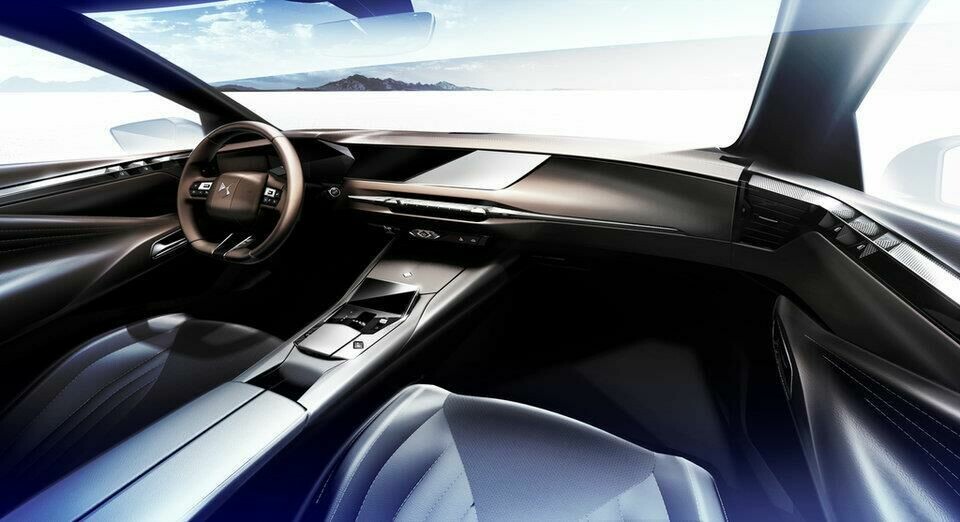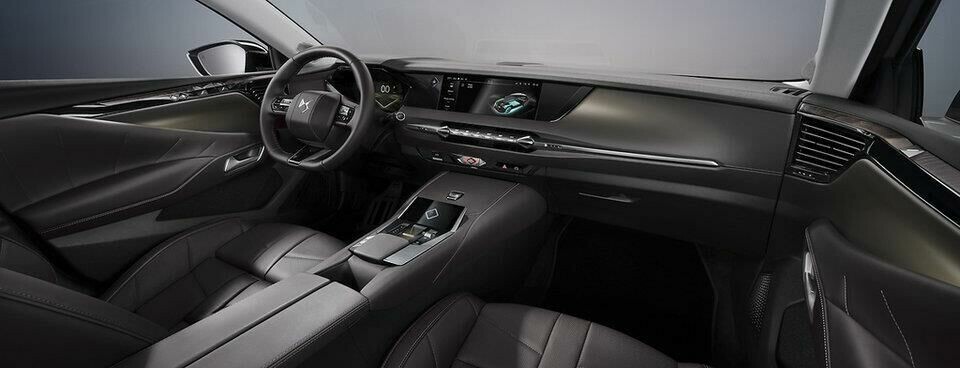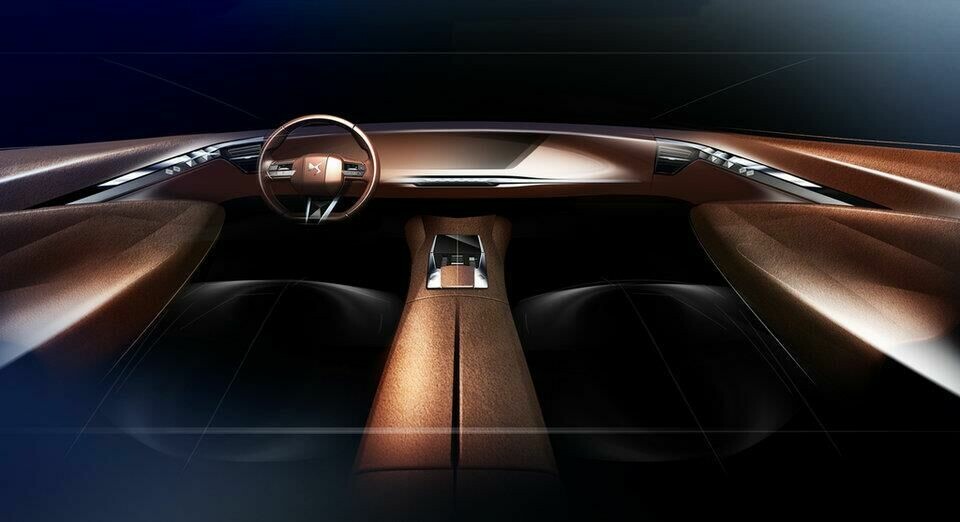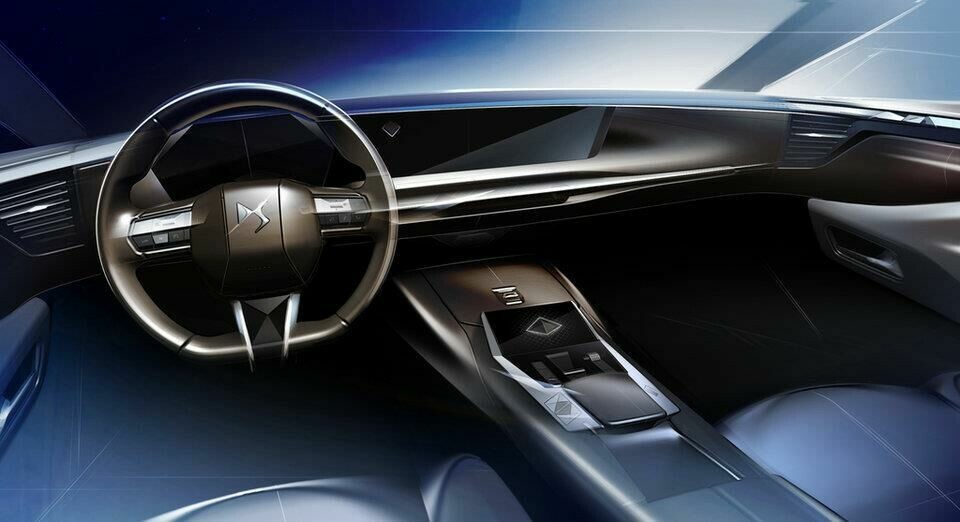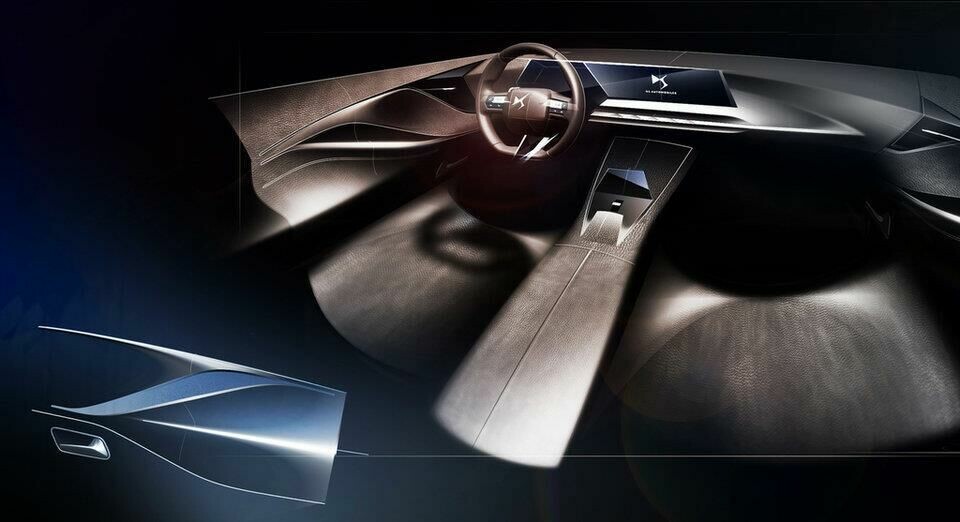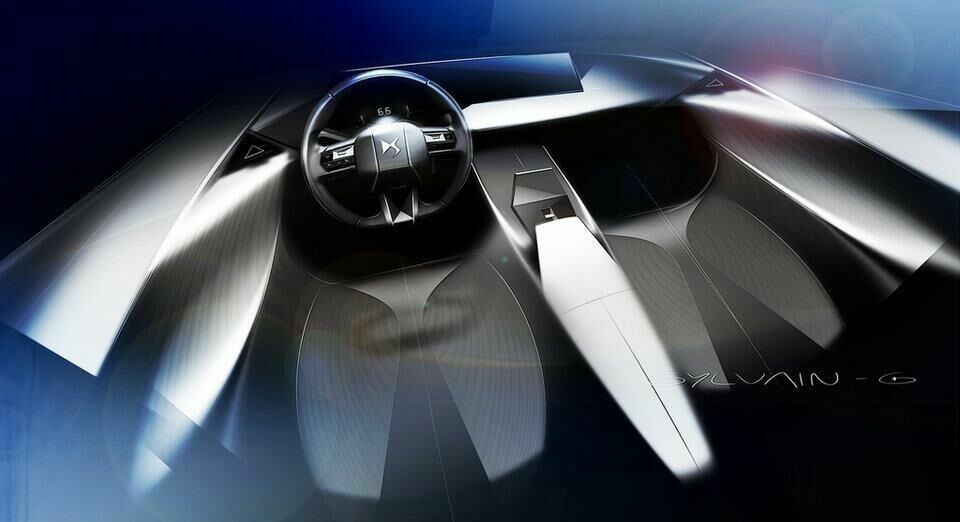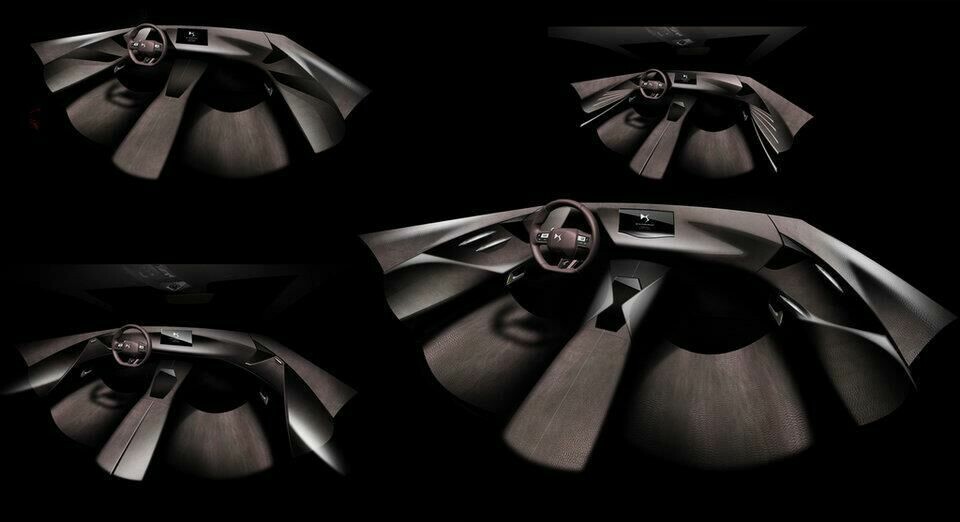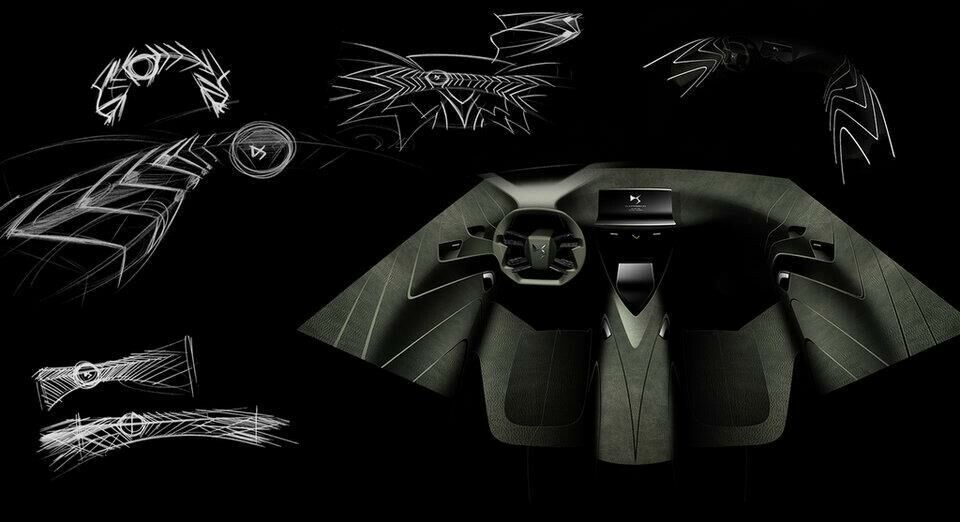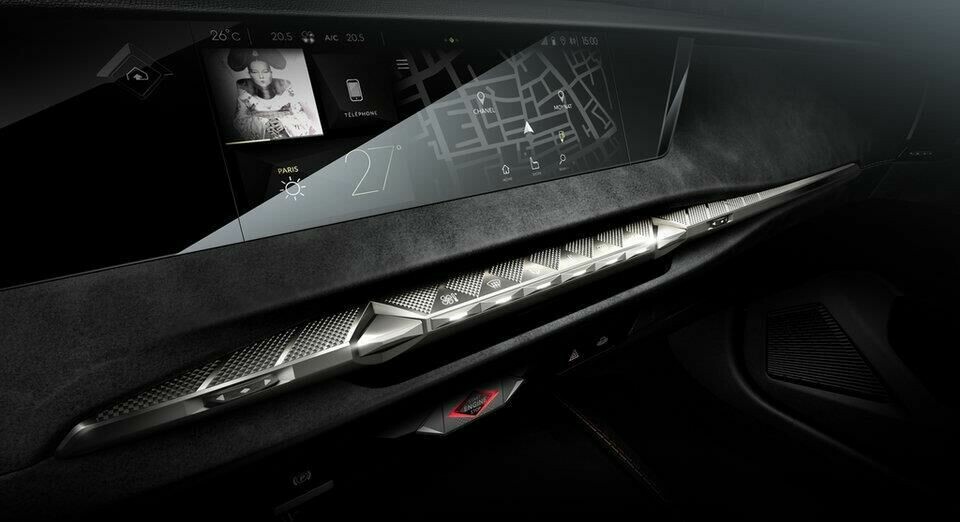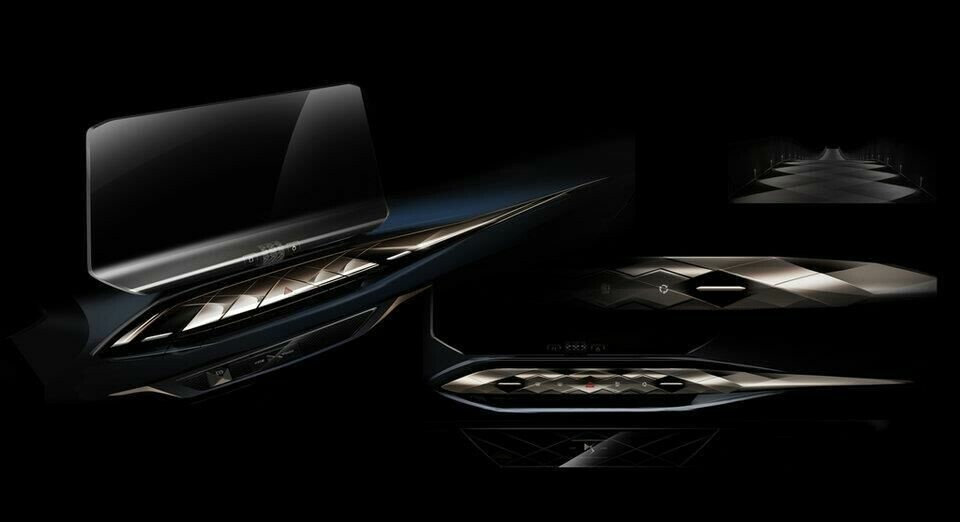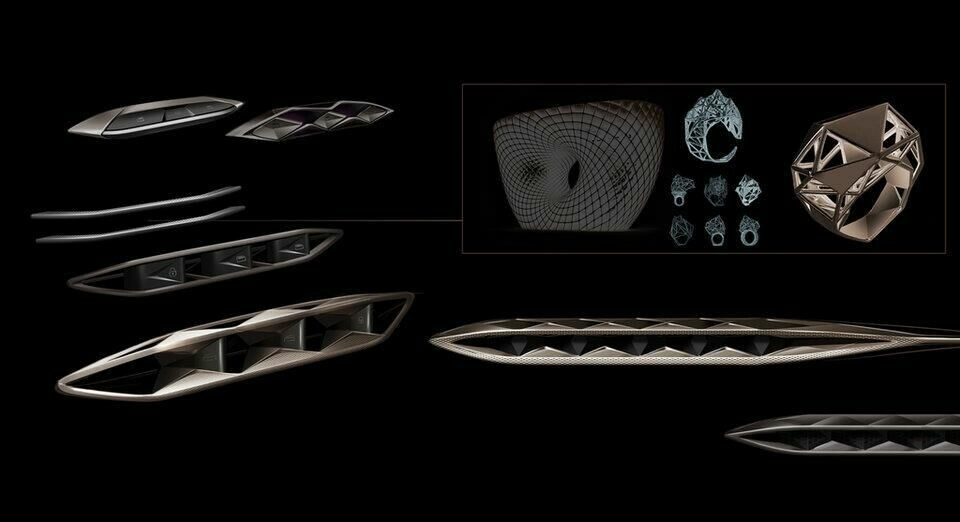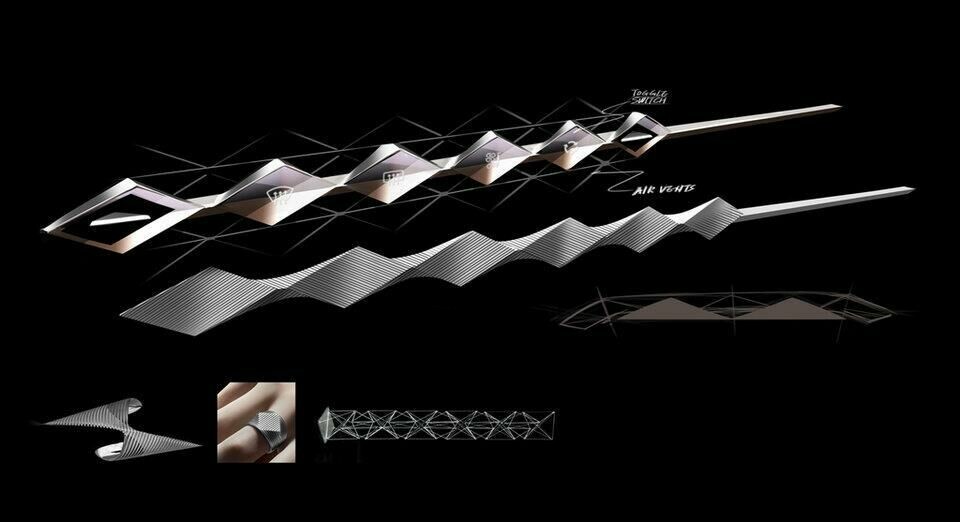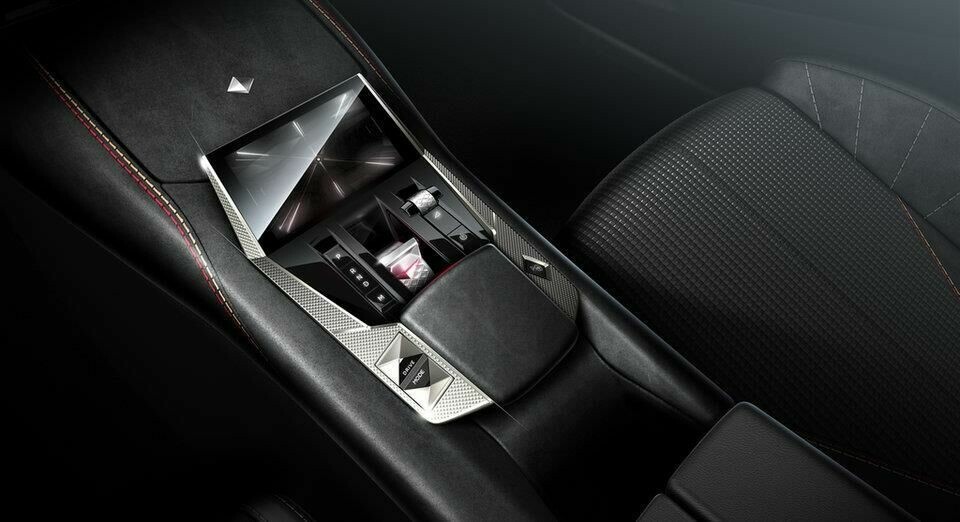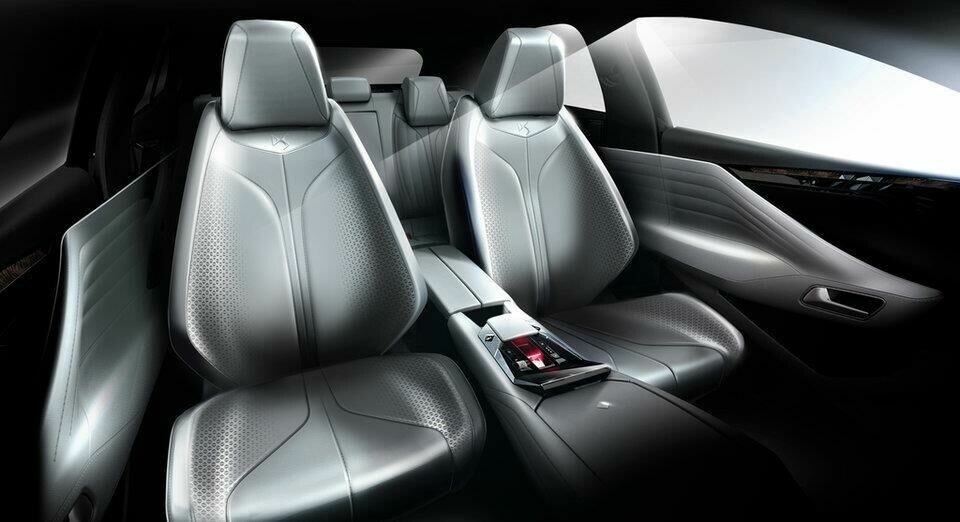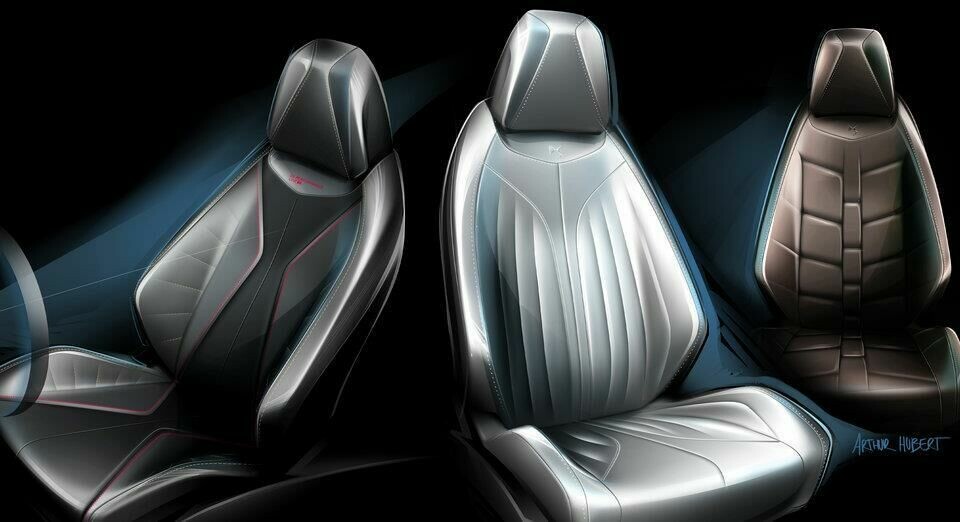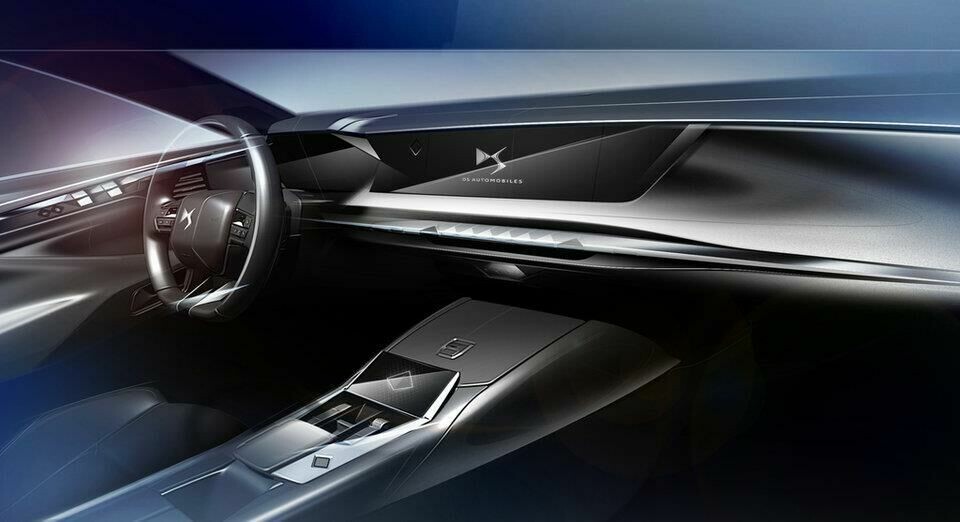
Interior Motives: DS 4
With a serene interior that leans into the feeling of savoir faire, the DS 4 ushers in a new era for the aspiring premium brand
The DS 4 marks the moment this aspiring premium offshoot of Citroen found its feet. Sure, DS has always been interesting in terms of design – in its short independence from progenitor Citroen it has provoked, impressed and frustrated to varying degrees. With the DS 4 it appears the design teams, both exterior and interior, have coalesced around a design language that all sides can get behind. The DS 4 has its roots in the Aero Sport Lounge Concept, which DS revealed around this time last year. That design exercise featured satin cotton textiles and straw marquetry on the interior. The brand’s real world interpretation plays it a little safer.
Built on an extensively revamped EMP2 platform, which has the capacity to support pure EV powertrain, the DS 4 comes in two guises: SUV and Coupe. Both are quietly dramatic with bold creases chiselled into the flanks, raised haunches and blade-like L-shaped running lights. They have big wheels, too, bruising 20-inchers that jack up the appearance. ‘Avant garde’ according to DS but whichever way you cut it, this latest model line-up is its most assured effort to date. But what of the interior? Well, you would be hard pushed to call it dramatic. In fact, few of those previous adjectives apply. When it comes to the interior, avant garde translates to what DS head of interior design Thomas Bouveret describes as ‘serene’.
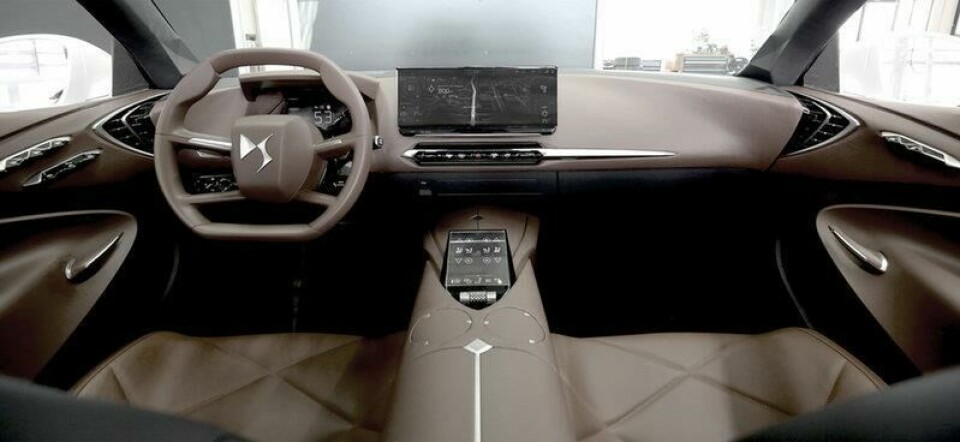
Bouveret is a details man, having moved through the ranks of PSA and latterly DS to head up the interior team. The DS 4 is his first full project, but what is remarkable for a designer who sweats the small stuff is how he has made a virtue of reducing the details in search of simplicity. A case in point, the overwrought tessellations of the DS 3 Crossback did not conform to Bouveret’s vision and the motif has been dialled down considerably. Ditto the overly fussy switchgear and UX – jettisoned in favour of a calmer, more intuitive experience. There is still a connection to the exterior design – a diamond-motif from the front grill appears on the central console graphics – but subtlety is the watchword here.
“We wanted to give it this soft feeling, like a cocoon – a good ambiance. When you are in your car it should be restful, so we do not want an aggressive interior,” he says. Perhaps the defining feature is the silver blade that sits just below the main screen. Forming a unifying link between the dash, console and the door, the blade incorporates climate controls such as windscreen heaters, air-conditioning for easy use while driving. Made from a chrome the colour and trim team say was specifically developed for the DS 4, it doubles as an air vent operating a little like a tail fin on an aeroplane to direct the air. The length of the blade increased with each mock-up – the drawback of integrating the vents into the doors meant that when opened the dashboard looked disproportionately short so a visual counterbalance was needed. Ditto, the dashboard itself – a sweeping dark curve that seamlessly accommodates the main screen.
The main touchscreen is itself controlled by a smaller touchpad on the console, developed in the belief that the DS 4 would reach autonomous driving level 3. The thinking was that continually reaching forward to fiddle with controls would frustrate the experience. In the event, the DS 4 reached autonomous level 2, which prompted calls to do away with the smart touch screen. Bouveret fought to keep it and won. It was a similar tale on the graphics for the screen where he successfully argued for the display to mimic the muted hues of the interior rather than push the technology to its visual limits.
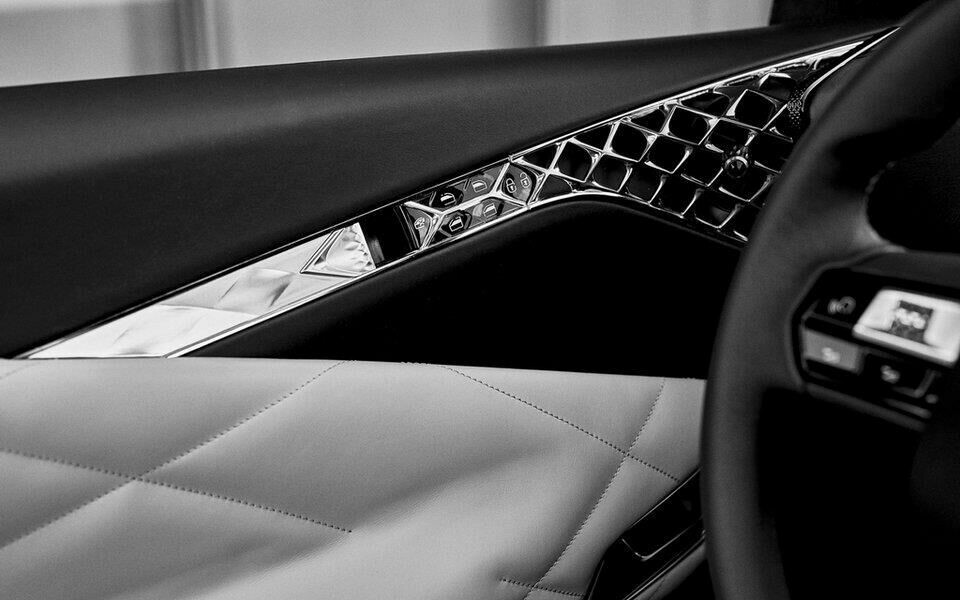
“The information system cannot fight with the colour and trim proposal,” he states. The infotainment, personalisable by touch and voice, is augmented by the HUD, which conveys information via a 21-inch display 4 metres down the road. Indeed, it is in this area where Bouveret sees the future of the DS interiors. “We are working on DS interiors without screens,” he says, referring to the DS ASL concept car from 2020. “We are working on screens under the skin of the materials to avoid the black effect of the display while E-Hud is our strategy to push most of the information on the road.”
In terms of C&T, the team attuned itself to ‘obvious design’ – a soft surface should look soft; a hard surface should look hard. Honesty in materials, then. The interior is a mix of light and dark ash, carbon fibre detailing on the steering wheel and Nappa leather, which is lashed about freely, covering the high-density foam seats and enveloping the central console. A two-tone approach delineates between the different areas: lighter leather for the bits you occupy and darker shades for the parts that control the car. Detailed stitching on the doors and soft armrests all contribute to DS’ premium aspirations. “With the use of colour, you can generate contrasts between the hard areas and the soft areas – it helps to reach our concept of serenity,” says Thomas Altet, CMF leader.
Unsurprisingly for Bouveret’s exacting MO, getting the minutiae right proved the biggest obstacle. The designer was set on moving the toggle switches from the centre console to the door. “It took almost two years working with the ergonomic guys to define the new position. We worked with 20 people on the user testing. When we got the word from them (ergonomic team) that it worked, I was like, “come on!” To the untrained eye this might seem a minor detail of the sort only designers obsess over but it nevertheless represents a clear departure from the DS7 and DS3 and DS5 where the switches were on the console. “It was our signature,” says Bouveret.
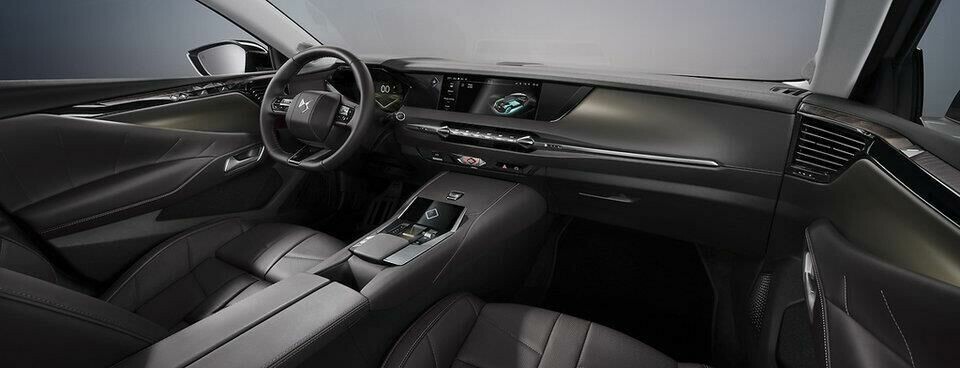
In a way, this move is indicative of where DS is as a brand. Bouveret views this new car as part of a third wave of vehicles – and the point in its nearly 10-year existence where it matured. The DS story illustrates how difficult it is to establish yourself as a premium proposition in a crowded marketplace, and how, with perseverance and honesty a design team can find its voice. “Maybe at the beginning we went a little bit too bling bling but it takes time to align everything,” says Bouveret. “But we listened to our customers and we listened to ourselves. This proposal is more precise, more aligned with the feeling of the brand.”
